"It's impossible to make a picture without values. Values are the basis. If they are not, tell me what is the basis."
William Morris Hunt
Have you ever noticed that some art appears flat – or cartoon-like, and other art appears to have a lot of depth and color gradation? This is often because of value.
Put simply, value is the the lightness or darkness of a color. When two different values of a color are put next to each other, they create contrast.
Kids most often see value when comparing black and white, and all of the shades of gray in between. They can place these different values next to each other, or they can use them to create a value scale.
Let’s take a deeper look at how to teach value to kids – and what’s best to teach, and when.
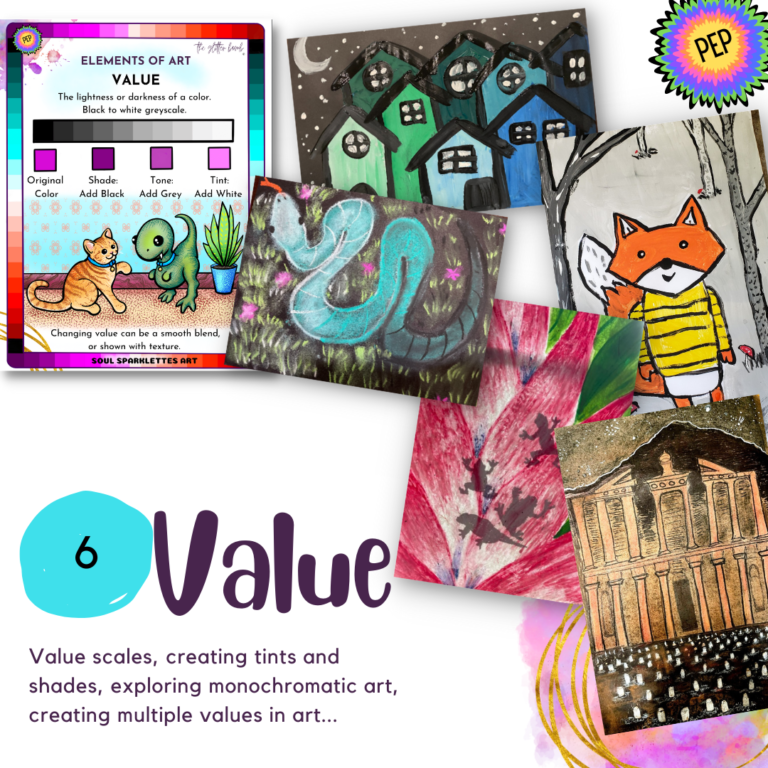
How to Teach Value to Kids
Ages & Stages: What to Teach and When
🟢 Beginner (K-2nd)
- Create a value scale that goes from light to dark
- Create tints and shades, having fun mixing in white and black
- Create a monochromatic work, showing kids how you can use one color, white, and black to create an entire work of art
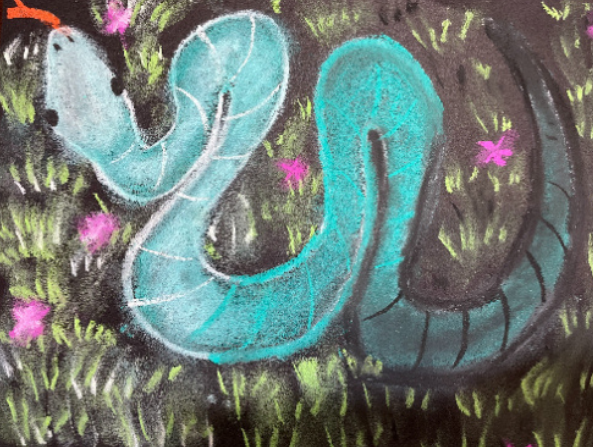
🔵 Intermediate (3rd-4th)
At this age, kids know what value means, and can start using it within an art project as a tool.
Let kids:
- Paint a value scale to show a focal point – a moon is a great focal point since the circular paintstrokes are easy to do
- Layer color to create value – instead of pre-mixing the colors, adding white or black to a color to change it
- Use oil pastels to create value of a specific color – this art supply is a wonderful way to learn color blending with white or black
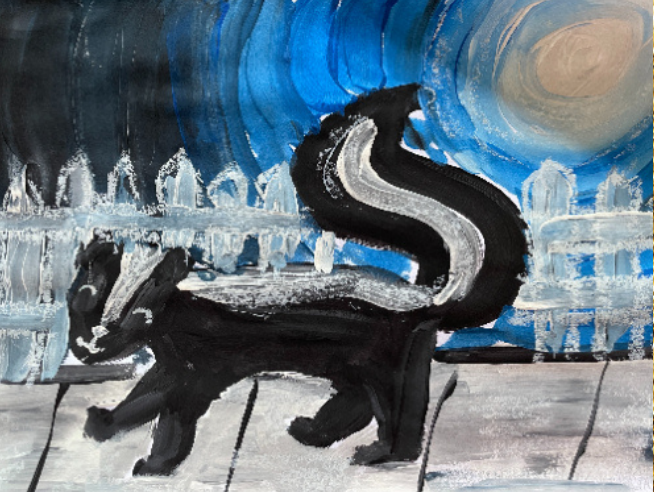
🟣 Advanced (5th-7th)
Here, children start to explore what they know about value and experiment with different mediums in order to achieve it in their own personal art.
In this age range, kids can:
- Use multiple mediums to create value
- Use only two colors to create a background, working with and enjoying a limited color palette
- Create a value scale with watercolor, one of the more challenging mediums
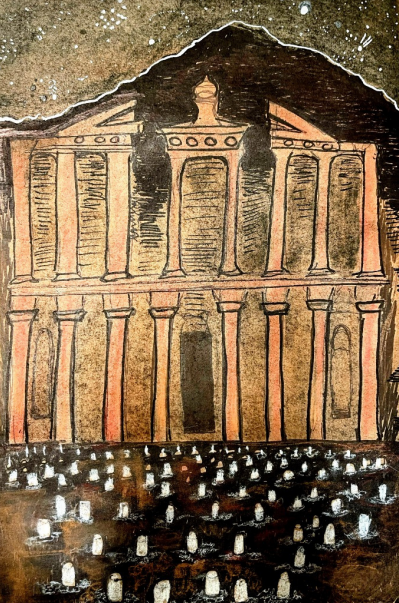
5 Books for Teaching the Element of Color
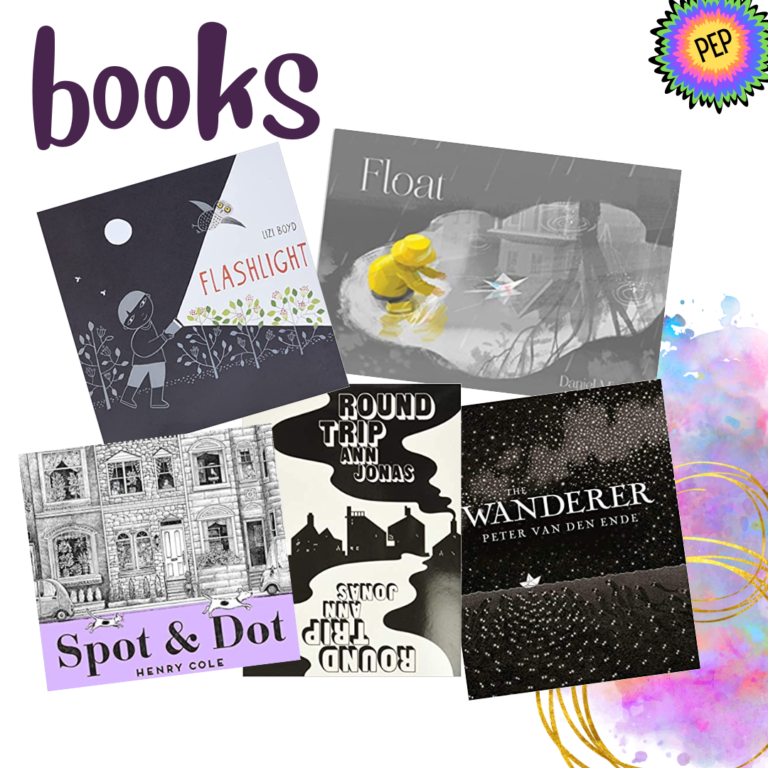
Here’s 5 of our favorite books for teaching value (there’s more inside our PEP Curriculum inside the Glitterbombers membership). These are Amazon afflinks which means we earn a small percentage that goes towards coffee at no additional cost to you.
The Wanderer by Peter Van den Ende
Ready to add some Value-Packed projects?
If you’re wondering how to teach value right now, you’ll love our FREE Space Whale art project.
This whale is created with tempera paint in black and white only and offers kids the opportunity to see all the possibilities when creating with only black and white!
Or try Caturday Night from our Teachers Pay Teachers shop. It’s purr-fect for your cat-loving kids.
Join the Glitterbombers Membership!
You’ll find hundreds more art projects, videos, and resources at your fingertips for whatever you’re studying, or whatever art concept you’re ready to teach. Head here to hop on the waitlist and find out when we open next!


